For many cities around the world, Faster Rail has connected regional areas to major cities and delivered with it economic, societal, and environmental opportunities.
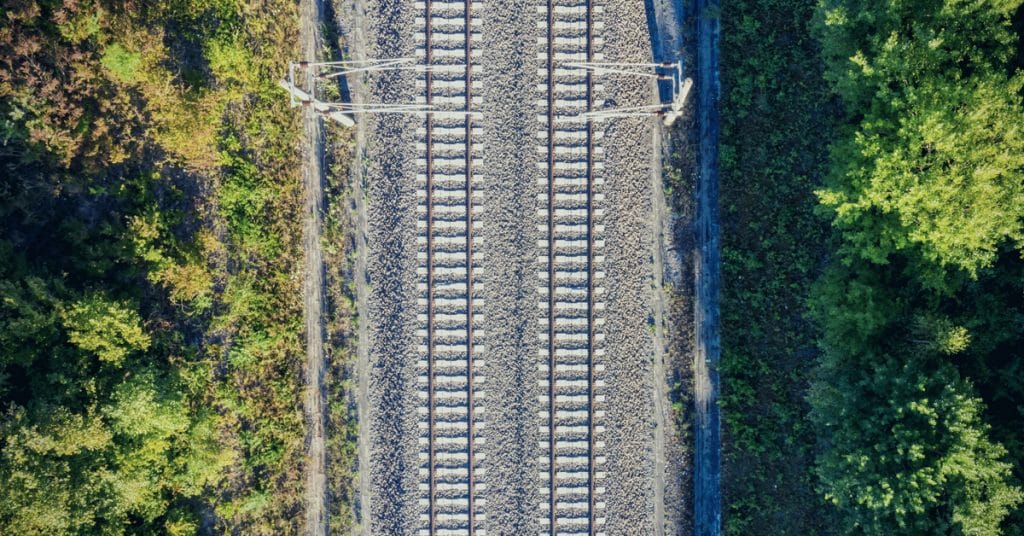
The case for Faster Rail
Faster means designing for rail speeds of approximately 160 km/h but no quicker than 200km/h. Faster rail is quicker than existing passenger rail services by up to 60 km/h but slower than High Speed Rail which accounts for speeds greater than 200km/h.
To convert existing rail to faster rail, everything from the rolling stock type to the number of tracks, signalling, and even the infrastructure that surrounds the track itself, such as station access is factored into improving speed.
Faster rail supports passengers, workers and communities with more choice, flexibility, reliability, comfort, and accessibility. It will benefit communities, particularly those in rural regions by:
- Connecting people to more places faster and more often
- Providing improved access to opportunities that spur economic growth including benefits in tourism
- Creation of new precincts particularly transit-oriented development
- Investment in housing, education, health, and other amenities to make precincts more liveable and improve quality of life.
Faster rail also delivers sustainability benefits including reduced congestion within cities thanks to a potential regional population boom, more sustainable land-use, a reduced reliance on cars and aircraft as well as a more efficient mass transit option.

The Fast Track to a seamless, safer railway system
In this publication, we delve into the benefits and challenges that will come with interoperability, and focus on the critical role data, technology and people will play in ensuring the journey is as smooth as possible. We also explore a selection of compelling case studies, provide insight into some of the long-term opportunities interoperable rail networks will present, and offer practical guidance on the best way to make a common platform a reality.
Helping our clients bring Faster Rail to Life
Australia and New Zealand have both investigated the idea of new rail connections at varying points for many years. With nearly 60 years’ experience, SYSTRA has helped our clients from all over the world navigate the complexities of Faster Rail, helping them bring to life successful rail networks that connect communities.

Managing Funding
Faster Rail is expensive and while the case for investment is compelling – is it worth it?
For Faster Rail to go from idea to real-life, any such project is going to need the backing of all governments – Federal, state and local. It’s also likely that private investment will need to be tipped in too.
Having led some of the most complex transport projects around the world, SYSTRA offers deep technical and leadership skills that will help government at all levels to understand their options, identify priorities and plan for future stages of the project.
SYSTRA also brings Private Public Partnership (PPP) experience which can offer sound socio-economic analysis when helping choosing the right procurement strategy.
Enhancing existing Infrastructure for a Faster Rail Future
Converting existing passenger rail lines to Faster Rail requires a major migration exercise.
To deliver a Faster Rail network means improving everything from the rollingstock type, the number of tracks, signalling, station infrastructure and even scheduling to enable faster journey speeds, improved reliability and enhanced comfort.
The electrification of existing regional rail infrastructure will also require significant planning and investment. This will also form a significant part of the sustainability picture.
Focus also needs to be given to the first and last mile of any given commute as well. Fast Rail stations need to be seamlessly connected to alternative modes of transport including roads, cycle paths and bus connections.
In essence, Faster Rail comes with new expectations in performance, equipment and new ways of operating that will need to be carefully managed by all stakeholders.

From Strategy to Delivery
SYSTRA have contributed to the design of new transport projects across four continents including half of the worlds high-speed rail networks. Our ability to provide innovative solutions to some of the most complex problems has helped us to form a reputation as the signature team for transport solutions.
We provide a range of services from initial feasibility stages all the way through to delivery including:
- Project definition feasibility
- Concept of operation, Operational planning and performance
- Design
- Construction
- Testing and commissioning
- Operation and maintenance
- Safety
- Environmental studies
- Transport modelling
- Urban planning
- Interoperability
With decades of experience in high-speed rail, SYSTRA can also help clients with long term planning, design and delivery services. Our comprehensive, life cycle services contribute towards communities becoming better connected therefore fostering unique opportunities and a more sustainable long-haul travel option for commuters.
Our skills in operational readiness also allow for early customer benefits thanks to an integrated approach that can cover the lifecycle of the project.
Our Global Experience
Here’s how we have implemented our services on some of the worlds most recognised networks.

France
As a French based company, we understand the complexities of introducing a new rail service having been involved in the globally renowned TGV network spanning three decades. Opening in 1981, the TGV connects more than 150 cities and towns in France, as well as cities in neighbouring countries. It’s combination of dedicated high-speed lines and mixed conventional lines is likely to be investigated as part of a longer-term strategy that connects to more regional cities. The TGV since its opening has continued to expand and adapt to new technologies, increasing connectivity and improving regional services.
SYSTRA has also helped connect other urban transport projects to the TGV which has added to the mobility mix including light rail networks and the recently completed GRAND PARIS project. This is particularly relevant for the first and last mile strategies.
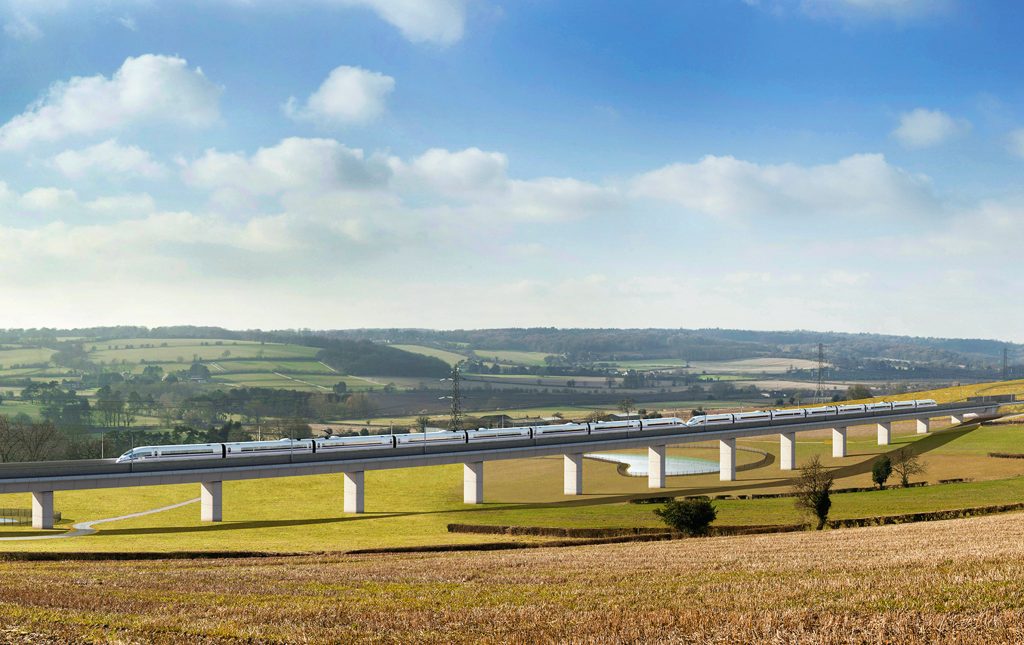
United Kingdom
The United Kingdom is home to one of the most integrated and sophisticated transport networks around the world. After the success of HS1, the first high-speed line in the UK, SYSTRA is taking part in the HS2 (High Speed 2) project within two joint ventures providing project management, execution studies and construction supervision.
Our Other Expertise in Rail
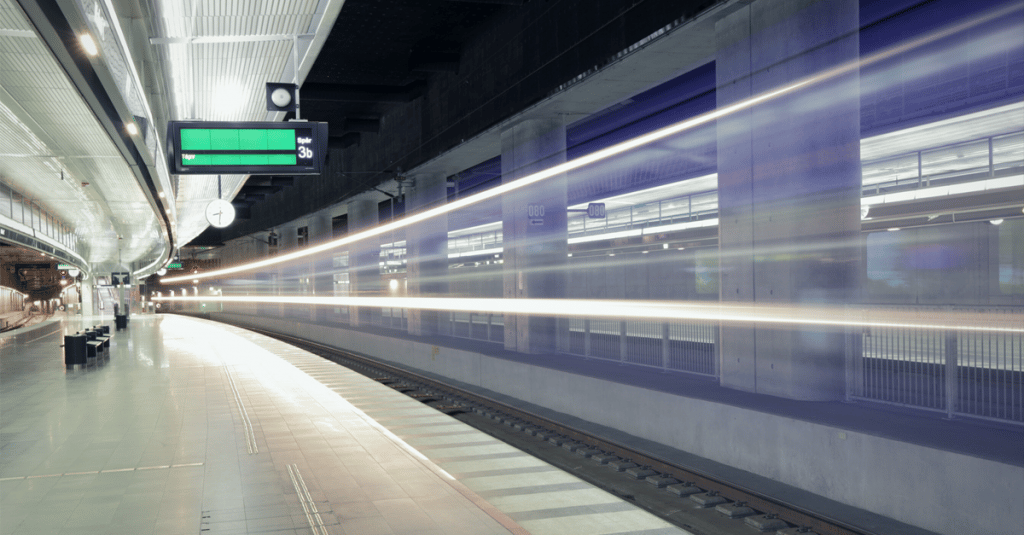
Metro
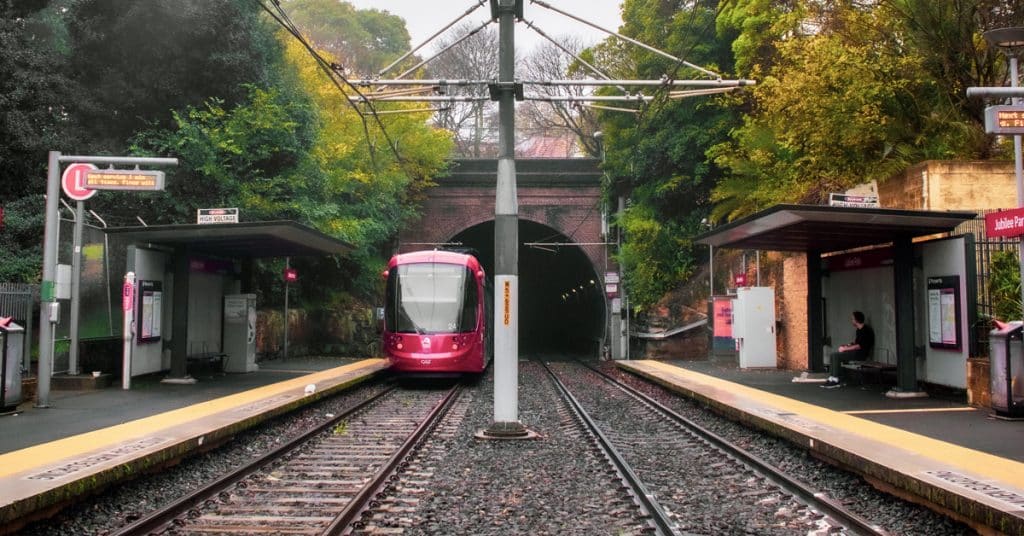
Light Rail
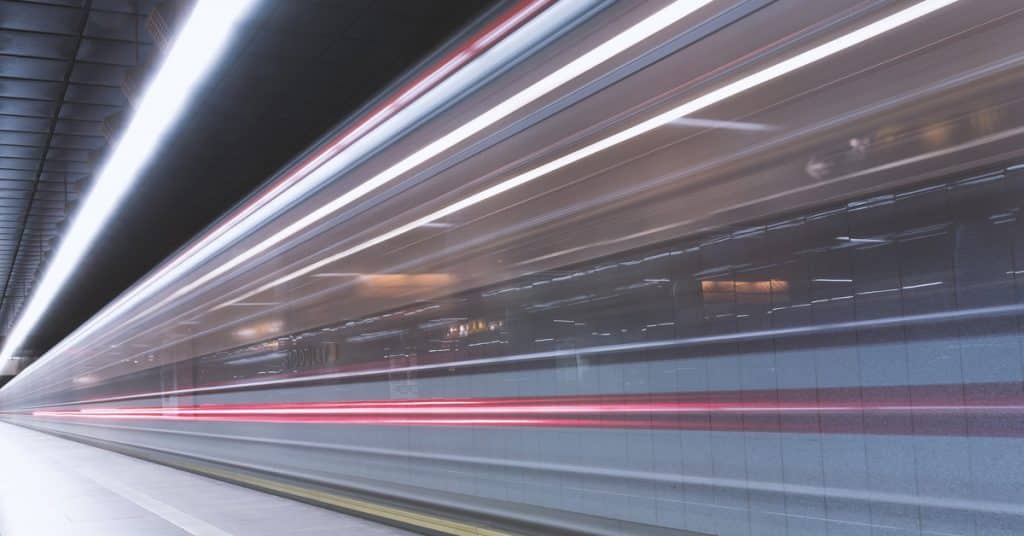
High-Speed Rail
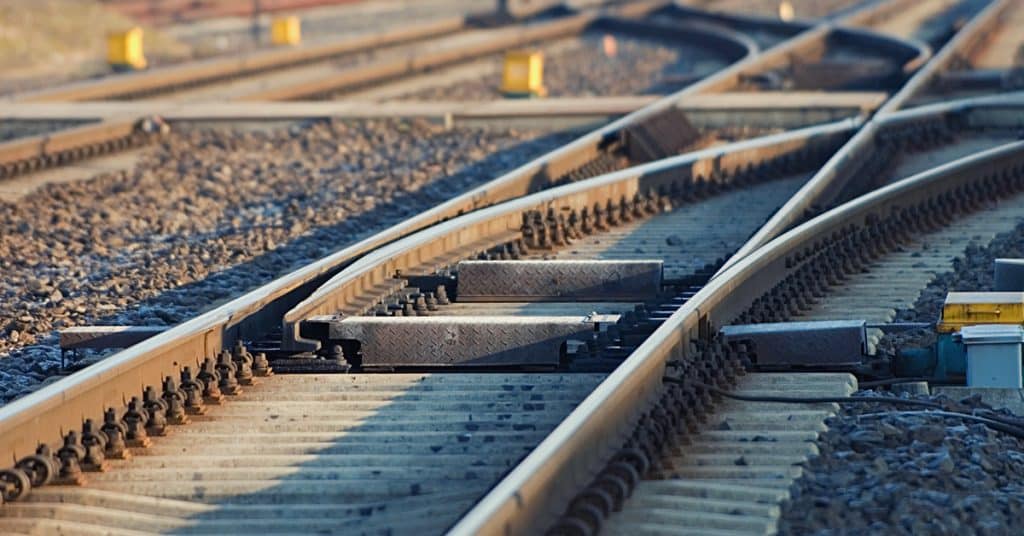
Passenger Rail
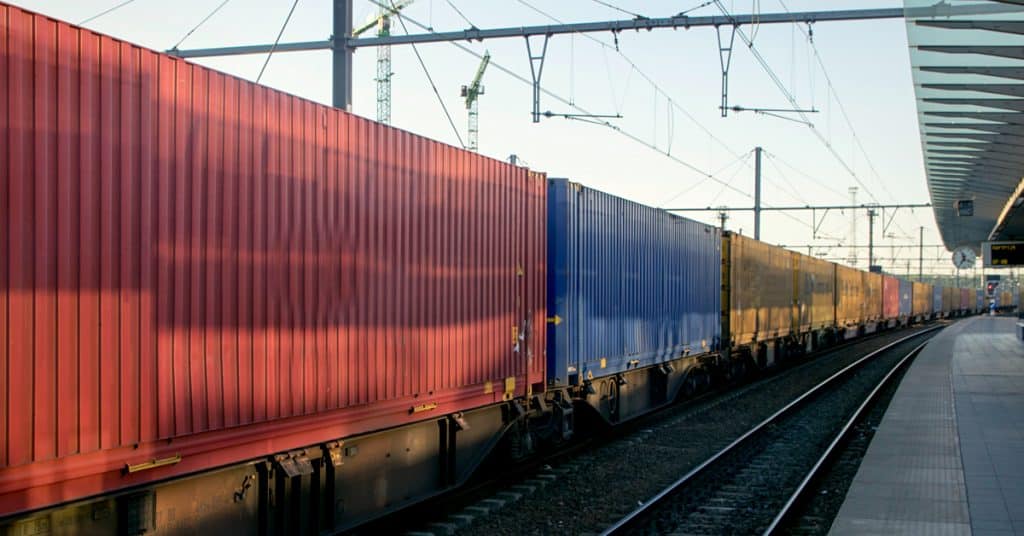
Freight Rail
Contact Us

Contact us
Read moreFor more information, please get in contact with us by hitting the button below. Alternatively, if you wish to keep in touch please hit subscribe.
 Brazil
Brazil  Canada
Canada  China
China  Denmark
Denmark  France
France  India
India  Indonesia
Indonesia  Ireland
Ireland  Italy
Italy  Malaysia
Malaysia  Norway
Norway  New Zealand
New Zealand  Poland
Poland  Saudi Arabia
Saudi Arabia  Singapore
Singapore  South Korea
South Korea  Sweden
Sweden  Taiwan
Taiwan  Thailand
Thailand  United Kingdom
United Kingdom  United States
United States  Vietnam
Vietnam 


